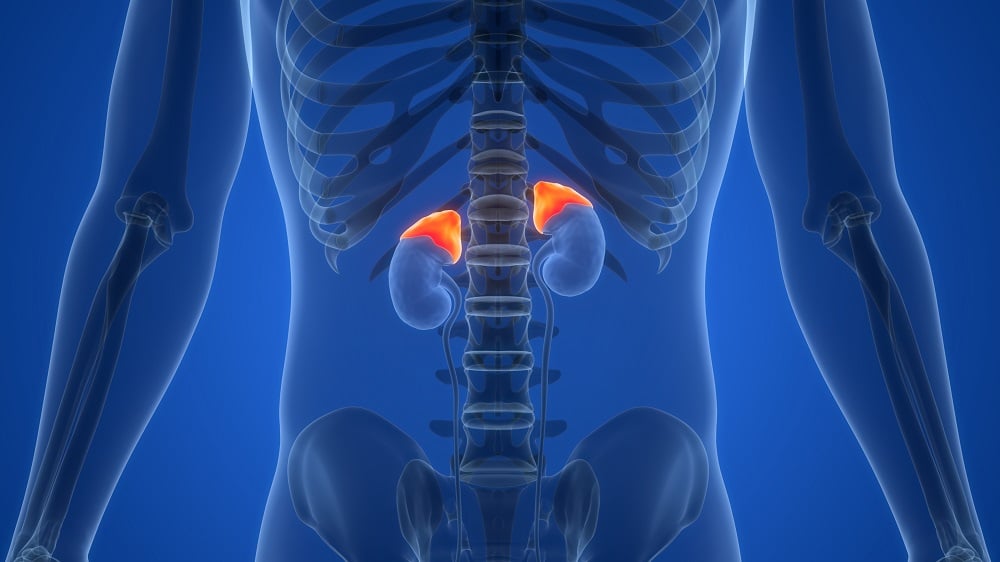Recent research conducted by scientists at Loughborough University and the Indian Institute of Science has unveiled critical insights into how microscopic organisms, particularly bacteria, are capable of enhancing their swimming speed through collective movement. This breakthrough could facilitate the development of microscopic robots designed for targeted drug delivery, potentially revolutionizing medical interventions.
Collective Movement of Microswimmers
The study, recently published in Physical Review Letters, demonstrates that when "microswimmers" operate in concert within confined environments, they alter their surrounding fluid properties. This alteration leads to a significant reduction in resistance, allowing them to swim faster than when alone. The research specifically examined the swimming dynamics of Paramecium, a unicellular organism that propels itself using hair-like structures known as cilia.
Key Findings:
- Microswimmers create flow fields that facilitate more efficient movement by minimizing resistance.
- An increase in the number of swimmers results in an augmented average speed.
- Liquid crystal environments serve to guide the motion of microswimmers.
- Behavior differs between types of swimmers: pushers benefit from grouped movement, whereas pullers may encounter hindrance.
Implications for Drug Delivery Technology
According to senior author Dr. Marco Mazza, the implications of this research are vast. "Envision artificial microswimmers capable of navigating through the bloodstream, targeting specific areas of the body for drug delivery," he states. Such technology could enable considerable advancements in medical procedures such as in vitro fertilization (IVF) and targeted treatments for parasitic infections.
“Our study significantly advances the understanding of how naturally occurring microswimmers navigate various fluid environments,” Dr. Mazza adds.
Research Methodology
The researchers utilized both theoretical modeling and computational simulations to study the swimming patterns of individual and groups of up to ten microswimmers swimming through a confined liquid crystal. Liquid crystals are unique fluids characterized by their ordered molecular formations, which are common in biological settings.
Schematic Representations and Movement Dynamics
| Movement Type | Description | Effect on Efficiency |
|---|---|---|
| Pusher | Swimmers that generate forward thrust by pushing the fluid away. | Increased speed in groups. |
| Puller | Swimmers that generate movement by pulling the fluid towards them. | Decreased speed in groups. |
Future Research Directions
The next phase of this research aims to replicate the behavior of hundreds of microswimmers in various liquid environments and to collaborate with experimental researchers who study real-world behaviors of Paramecium. Such collaborations are expected to deepen the understanding of collective swimming dynamics in biological systems.
Broader Impact and Educational Significance
Professor Tony Croft, an author of the study, emphasizes the research's potential impact beyond the academic sphere. His observation that this work can spark curiosity in students exemplifies STEM education's importance in motivating a new generation to explore the intersections of mathematics, physics, and biological sciences.
“Math is frequently perceived as insipid; our findings illustrate its significant relevance to real-world applications,” he stressed.
Conclusion
Lead author Dr. Shubhadeep Mandal elucidated on the importance of this research, highlighting how the properties of complex fluids—such as anisotropy and elasticity—affect both motile cells and synthetic microrobots. This study provides foundational knowledge crucial to enhancing the design of microscopic swimmers for applications in drug delivery, biomedical engineering, and other sectors.
References
Mandal, S., et al. (2025). Cooperativity of Confined Nematic Microswimmers: From One to Many. Physical Review Letters.
For more detailed exploration, you can access the study through this link.
This document is subject to copyright. Use for private study or research is permitted, but reproduction without permission is prohibited.













Discussion